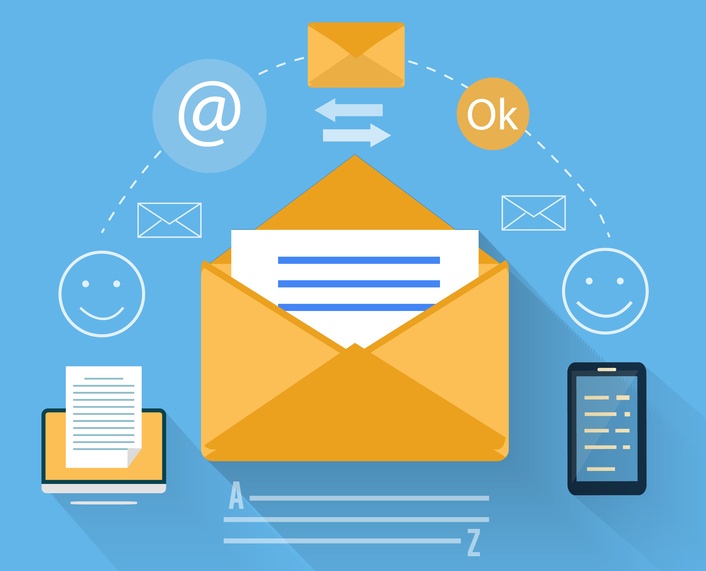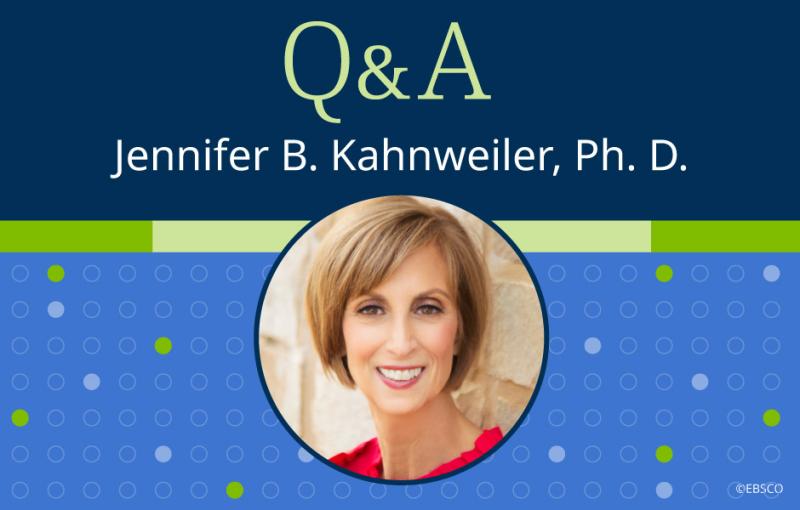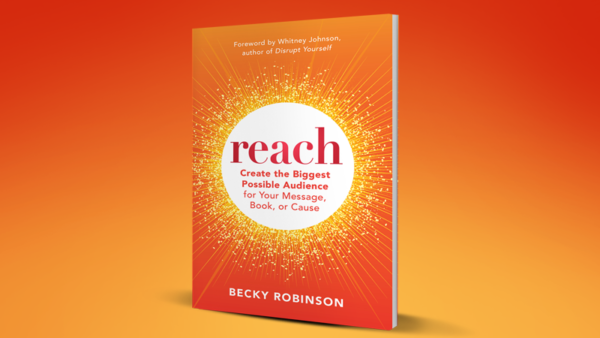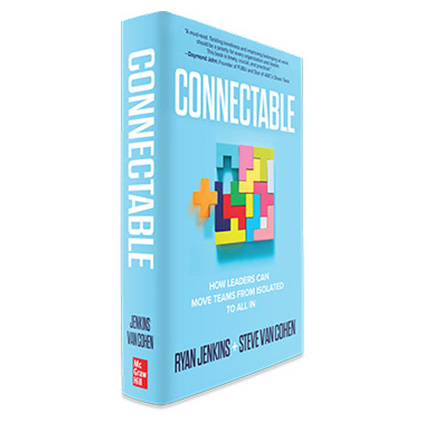I was so pleased to be asked to write a guest post for my friend Ryan Jenkin’s blog. I hope you enjoy it and check out his great work on helping companies get the best from millennials and Generation Z.
Millennials and Generation Z often prefer texting. Boomers like to connect by phone and engage in conversations. Just as different generations have communication preferences, so do different personality types.
So, what is the best method to use?
I am a champion and advocate for introverts in the workplace and I have been interested in the question of what the best way they can communicate to be heard. Introverts are energized by solitude and quiet time. Extroverts draw their energy from people and tend to be the more vocal and visible.
Last year, our company conducted a survey to learn more about the preferences of introverted leaders. How are they using different communication modes to be effective?
The results, based on responses from 40 introverted leaders from across different industries and job functions, were intriguing. Respondents indicated that matching the communication method with the information that needs to be delivered is essential and increases the likelihood that people will get the message.
Here is what we learned about how introverts view the vehicles of communication:
Introverts often find this tool to be the most effective for delivering data, setting appointments, and dispensing other routine information. It’s also a great format for disseminating relevant content before meetings and outlining a business case for a project.
One survey respondent wrote: “Email allows me to get things off my plate (delegating, responding to my team) so that I can concentrate on my most important task at hand. It also cuts down on the need for conversations that could lead to chitchat.” Another observed: “I can write something and let it sit for a while, and then come back to it and make changes before I send it out.” Some said email helps them be better communicators. “If I were in a telephone-dependent work era, I would never have advanced very far. Email and social channels allow me to express myself in written form.”
Text Messages
Introverts use texting to get quick answers, to do on-the-spot logistical planning, and for check-ins. Group texting “conversations” are also a time-efficient way to gather different view- points. As with email, texting allows introverts to take the time they need to send the clearest message possible. One survey respondent said, “Texting is my greatest ally. It allows me to respond quickly and intelligently. The ability to edit before hitting send (or enter) reduces my risk of misused words, something that happens often on the phone and creates enormous amounts of frustration and miscommunication.”
Telephone
This is a great tool to reinforce emails or texts. Telephone conversations are also good for connecting when you want to develop working relationships and build credibility. Your voice and tone become part of the medium. I once received a voicemail from Jared, an introverted sales member of our team, requesting that I call him. During our phone conversation, he explained a sensitive client situation that I could have easily misunderstood if he had tried to describe it in an email. Because of his communication choice, my opinion of Jared—and his credibility—rose.
The theme of preparing for these telephone conversations as a way to stay present and focused also emerged in the survey. The most popular methods for doing this are to remove distractions and to prepare questions and talking points ahead of time. Almost 60 percent of survey respondents said that they rely on these prompts to refocus the conversation when it is getting off track.
Face-to-Face Communication
Delivering important news, launching a project, praising people, or working out issues and problems can be best handled in a face-to-face conversation. CEO Paul English says that as an introvert, it’s a temptation to sit in front of his computer all day. “But if that’s literally all I do, it’s sucking energy out of the room. People want to engage with me. It’s a lot easier to transmit energy face-to-face than to transmit it electronically.”
English also keeps his calendar open for breakfast, lunch, and dinner. His explanation: “At the last minute, I can just grab a few people I haven’t seen in a while. Sometimes we have an agenda, but mostly it’s just socializing. Without that human connection, it goes at.”
Even though introverts know that one-on-one communication is important, it was the least favorite form of communication cited by introverted leaders on our survey. Telephone conversation and face-to-face communication were used by each respondent less than 7 percent of the time, compared to 67 percent for email use and 27 percent for texting.
And so, what have I learned? As a highly paid consultant once told me, “It depends.” When we consider what we are trying to achieve with our communication, we can select from the repertoire of available options and select the mode that fits the situation. There are times we each need to put aside our default, comfortable method and try the method that will get results.





